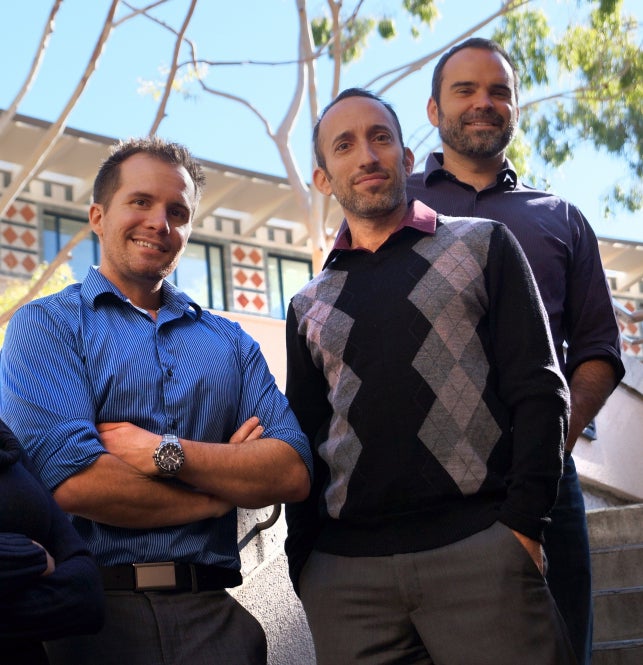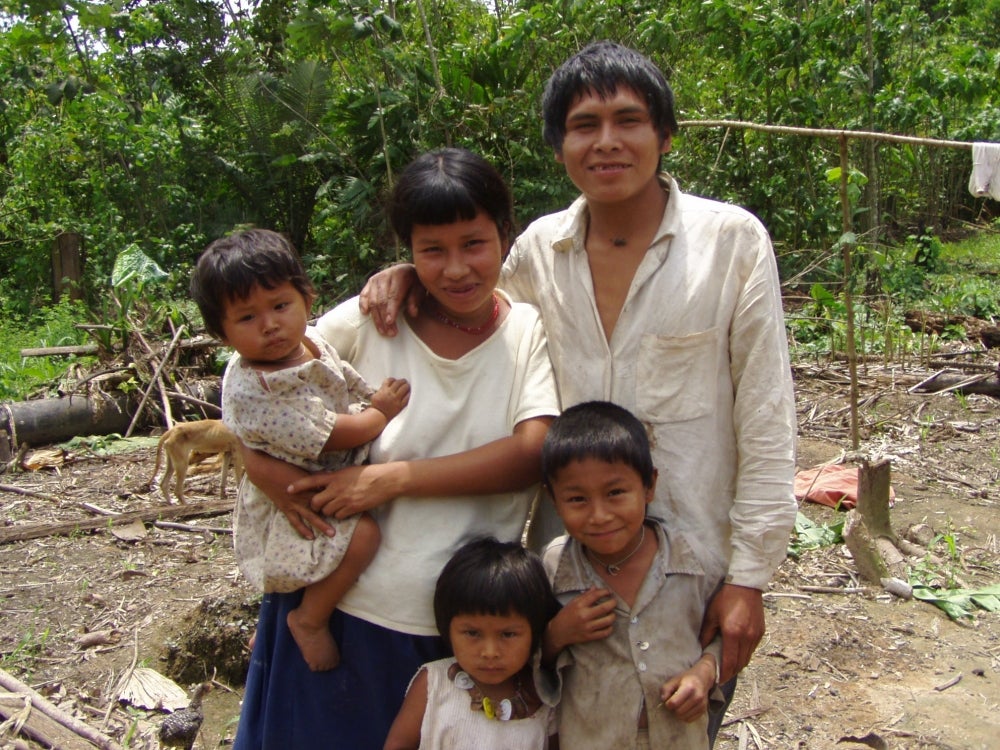Playing Defense

The Tsimane, an indigenous people in the Amazonian lowlands of Bolivia, live amid a dizzying variety of parasites and pathogens. A new study by UC Santa Barbara researchers and others finds that the Tsimane immune system rises to meet the challenge — but could be problematic as they age and become exposed to industrialized society.
Aaron Blackwell, an associate professor of anthropology and lead author of “Immune Function in Amazonian Horticulturists,” accepted for publication in Annals of Human Biology and available online now, noted that the study opens a window on indigenous peoples’ immune systems and the possible consequences of their unique immunological responses.
“The important thing is that most of our research on immunology is done on people in sanitary environments in the U.S. and Europe, for example, so we don’t have that much information about the diversity in human immune function and how it might vary in different environments,” explained Blackwell, who has studied the Tsimane extensively.
The study, based on 10 years of data from blood samples drawn from more than 6,000 Tsimane, shows elevated levels of immunological response nearly across the board, especially compared with U.S. and European populations, Blackwell noted. That strong response of multiple factors in the immune system reflects the Tsimane’s exposure to and chronic infections from a host of pathogens and parasites, including hookworms, roundworms, protozoa, amoebas, bacteria, viruses, lice and scabies, and fungal infection.
“I think it gives them more protection against new infections, but it’s also a response to having been infected,” Blackwell said. “So we see they’re more resistant than me, for example, but they’re also sick a lot more because they live in an environment where there’s a lot more to be exposed to.”
Two exceptions to the elevated immune responses were white bloods cells known as monocytes and basophils. Although cell samplings were much lower, the study notes that “72 percent of Tsimane have no monocytes observed in manual cell counts,” and fewer than 1 percent have basophils observed. Blackwell said that was somewhat surprising, but suggested it could be the result of these cells being used in other parts of the body. “It’s funny. When you measure immune function you measure it in the blood,” he explained. “That doesn’t necessarily tell you what’s going on in the tissues. So it may be that the monocytes and basophils have migrated to other sites and are not circulating in the blood.
“But we think the low monocytes are probably really important for other outcomes, like cardiovascular disease,” he continued. “Atherosclerosis and cardiovascular diseases are related to inflammatory responses in the blood vessels and the monocytes are implicated in that. And so, having low monocytes in the blood may be protective in some way. We see in the same population a really low incidence of heart disease.”
Although the Tsimane’s elevated immune responses appear to protect them in their relative isolation, encroaching industrial society could prove problematic, Blackwell said. “This has implications for how indigenous populations may be more or less susceptible to certain kinds of diseases or illnesses from outside,” he explained. “Infection with helminths (parasitic worms), for example, changes your immune function in ways that may make you more susceptible to infectious diseases.”
Other UCSB researchers involved in the project include Benjamin Trumble, a postdoctoral fellow in the Institute for Social, Behavioral and Economic Research and Michael Gurven, a professor of anthropology. The Tsimane Health and Life History Project is directed by Gurven and Hillard Kaplan at the University of New Mexico.




